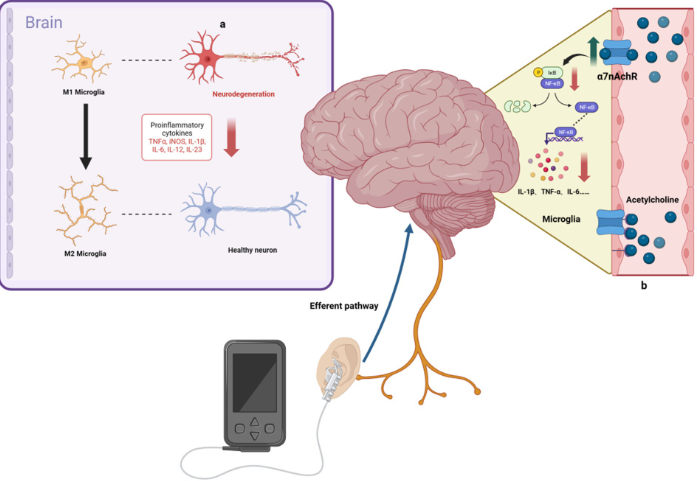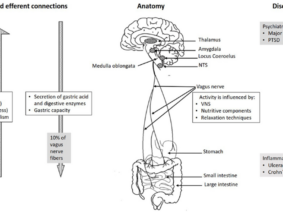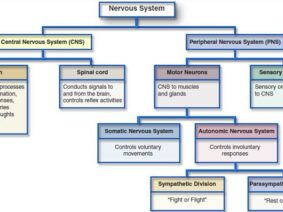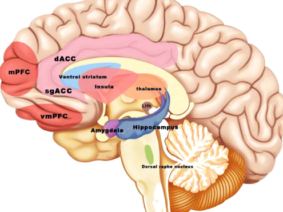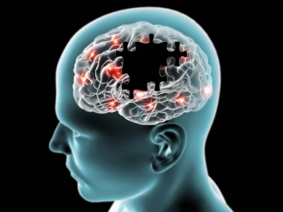The Significance of the Brain-Gut-Microbiota Axis in the Pathogenesis of Alzheimer’s Disease
- The brain-gut-microbiota (BGM) axis plays a significant role in the pathogenesis of Alzheimer’s disease (AD) due to its complex bidirectional communication system involving the vagus nerve.
Several key points highlight the significance of the BGM axis in AD:
- Communication system: The BGM axis serves as a communication system between the brain and gut, regulating processes related to behavior, brain activity, cognitive functions, motivation, and emotion. This bidirectional communication involves the central nervous system, autonomic nervous system, enteric nervous system, and the hypothalamus-pituitary-adrenal axis .
- Gut microbiota influence: The gut microbiota composition and function have been linked to neurodegenerative disorders like AD. Dysbiosis in the gut microbiota can lead to systemic inflammation, affecting the brain through various pathways, including the vagus nerve .
- Inflammatory responses: The BGM axis is involved in regulating inflammatory responses, which are known to play a role in the pathogenesis of AD. Modulation of inflammation through the BGM axis can impact the progression of AD and associated cognitive impairments .
- Maintenance of homeostasis: Proper functioning of the BGM axis is essential for maintaining homeostasis in the gastrointestinal tract and regulating brain activities. Disruptions in this axis can contribute to neurodegenerative processes seen in AD .
Understanding and targeting this axis may offer new insights and therapeutic strategies for managing AD and related cognitive disorders.
How Does Transcutaneous Vagus Nerve Stimulation Differ From Other Interventions for Alzheimer’s Disease?
- Non-invasive nature: tVNS is a non-invasive technique that involves stimulating branches of the vagus nerve distributed over the body surface, making it a safer and more easily applicable intervention compared to invasive procedures like surgical vagus nerve stimulation .
- Modulation of the brain-gut-microbiota axis: tVNS specifically targets the vagus nerve, a crucial component of the brain-gut-microbiota axis, which plays a significant role in the pathogenesis of AD. By modulating this axis, tVNS may influence the progression or symptoms of AD through bidirectional communication between the gut, brain, and microbiota .
- Anti-inflammatory effects: tVNS has been observed to reduce inflammation in the central nervous system by modulating the cholinergic anti-inflammatory pathway and inhibiting the release of inflammatory cytokines. This anti-inflammatory mechanism is vital in addressing the inflammatory response characteristic of AD .
- Influence on cognitive functions: tVNS has the potential to activate specific brain regions associated with cognitive functions, such as the locus coeruleus, nucleus tractus solitarius, and hippocampus. Activation of these regions may contribute to improving cognitive impairments in AD by modifying signal transmission within the brain-gut-microbiota axis .
References:
Frontiers in Aging Neuroscience. (2024, February 27). Transcutaneous vagus nerve stimulation: A new strategy for Alzheimer’s disease intervention through the brain-gut-microbiota axis? In Alzheimer’s Disease and Related Dementias (Vol. 16, 2024). https://doi.org/10.3389/fnagi.2024.1334887
